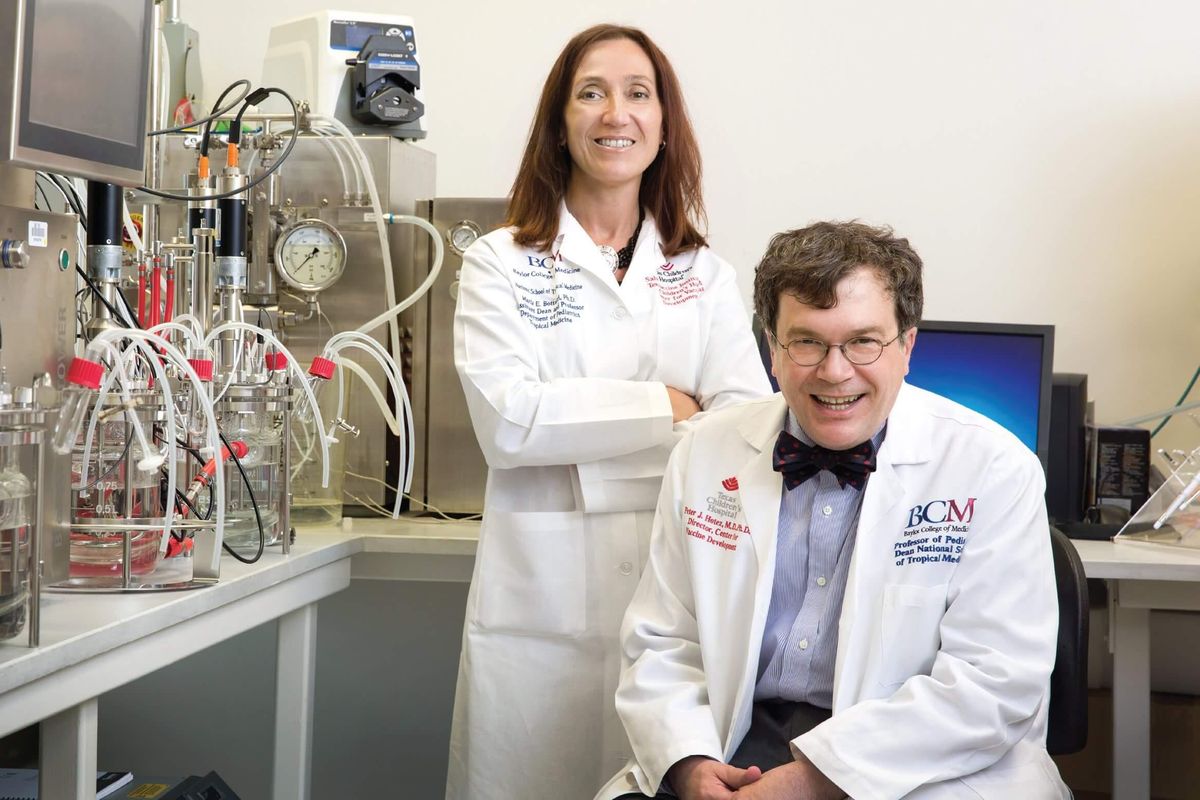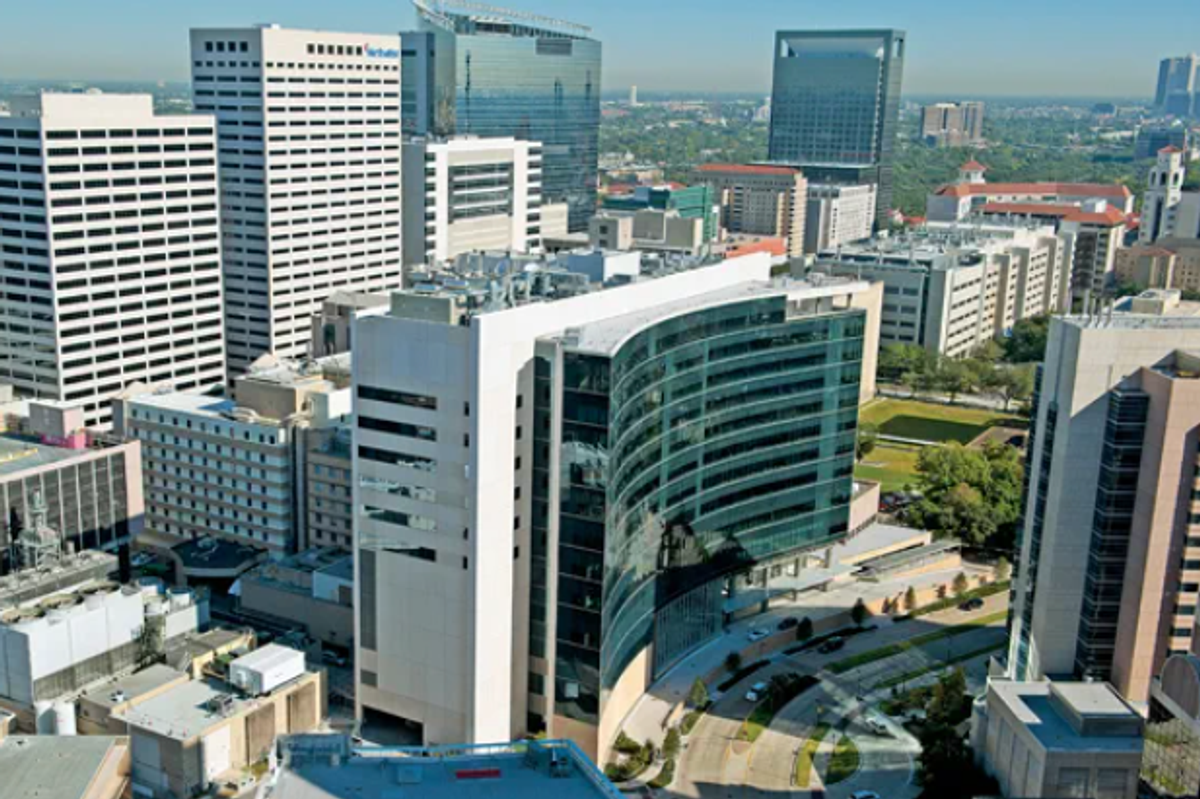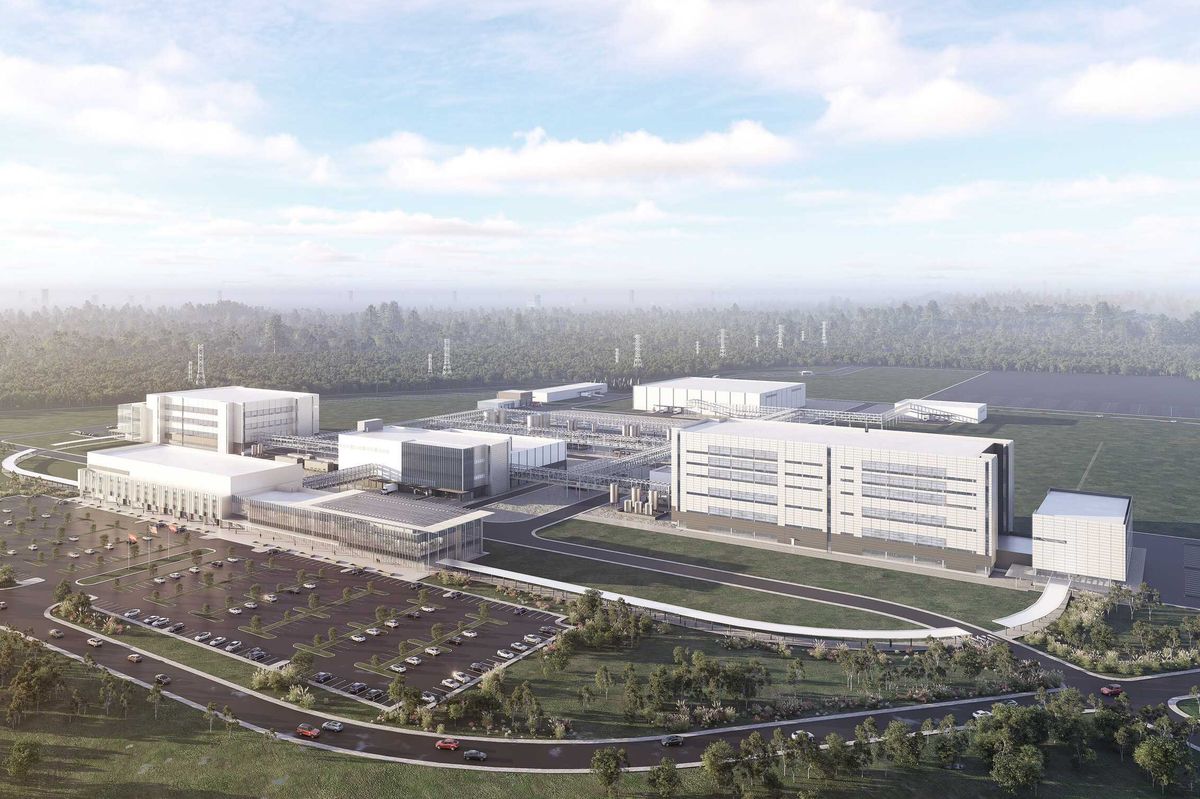Houston founder: COVID-19 return-to-work plans failing to consider breastfeeding moms
Guest column
Consensus seems to indicate that working from home has proven more effective than previously believed, though most would also agree that there is still a need for an office outside the home.
By now, I've received about a million different emails with guides on how to reopen businesses safely amidst COVID-19: how to protect employees, social distancing in the workplace, the future of office space and the effects on commercial real estate…the list goes on and on.
The majority of these guidelines include some version of:
Employers should discontinue use of common spaces such as lunchrooms, breakrooms, meeting rooms and other gathering spaces to avoid unnecessary person-to-person exposure.
This is surely wise. After all, the place with the most germs in the office is usually the faucet of the break room sink.
However, what these recommendations have all failed to consider, what not a single one has even mentioned, is the mother's room.
The majority of mother's rooms, unfortunately, double as some sort of communal wellness or other multi-purpose room. This should not be the case even during non-pandemic times, for a variety of reasons, which you can read about here. But now with COVID-19, for obvious reasons they should not be one and the same. There is a real issue at hand — one with long lasting repercussions for not only working mothers, but their employers too.
The majority of in-office mother's rooms do not have a sink. Therefore, women are forced to carry their used pump parts to the break room or bathroom sink, exposing themselves not only to scrutiny and often even harassment, but also to germs. So, what happens if this common area break room, this already subpar solution, is closed? What do mothers do then?
What about the cleaning and sanitizing of the room? What about room usagee schedules to ensure proper distancing and cleaning between each use? What about including not only hand sanitizer and surface disinfectant wipes, but also the proper pump part cleaning and sanitizing supplies?
What if the mother's room itself is closed, as that too is considered a "communal space?" (Though let us not forget that there are federal and state requirements for the majority of employers to provide a mother's room.)
Fortunately, many offices are implementing more flexible work policies, allowing many to work from home. But, I worry that this "option" will end up becoming a forced "solution" for working mothers. Oh, you're pumping? Just stay home.
On the one hand, great! If you're lucky enough to have in-home childcare, you will actually be able to take breaks and breastfeed your baby. Win! Even if your little one is in daycare, you can at least pump in the privacy of your own home. Win!
However, here's the problem: This approach may actually hurt women's careers and exacerbate the already brutal motherhood penalty. When an employee works completely remotely, particularly if their job isn't intended to be fully remote, or the rest of their team isn't remote, there are serious side effects:
Passed up for promotions and projects
Sometimes this occurs intentionally: "Oh, she shouldn't work on this because it requires in-office time so we'll assign it to someone else." Sometimes it's unintional — simply, out of sight out of mind. If some members of the team are in the office and others aren't, those who are not there often miss casual conversations or spur of the moment brainstorming sessions that leave them behind and in the dark.
Cessation of learning
When cut off from the rest of the team, it's hard to be exposed to learning opportunities. As soon as the learning and growing stops, the dissatisfaction, restlessness, and turnover begins.
Loss of fidelity
Without contact with the rest of the team or organization, we often lose the connection to our cause. We could be working for anyone. Loyalty suffers when there isn't a meaningful connection.
Loss of leadership
Most experts agree that 70 to 93 percent of all communication is nonverbal. Leadership and culture is often most effectively conveyed via modeling behavior. How do you grow your next generation of leaders if they can't see leadership behavior for themselves?
The turnover rate for new mothers is already high — 43 percent — despite the fact that over 75 percent of women want to remain in the workforce to remain in the workforce after becoming mothers, according to an April 2013 article in The Atlantic. This should signal to all employers that they are failing at providing the proper facilities and support for new mothers returning to work. So, what happens when we close the already lacking mother's resources?
This isn't just a women's issue. It's a business issue. Replacing an experienced employee who leaves after childbirth can cost anywhere from 20 to 213 percent of the employee's annual salary. Companies with at least 30 percent management positions held by women tend to be 15 percent more profitable than those without.
Companies such as Goldman Sachs have taken note. They now require at least one woman on the boards of their companies before they can go public. Therefore, employers need to ensure that they can keep top female talent beyond childbearing years. It's worth nothing that according to the CDC, birthrates in the US are declining for all age brackets with the exception of slight gains for women in their 30s and 40s. Meaning, women are waiting longer, until they're more established in their careers, to begin having children. Translation to employers: a more valuable employee you're at risk to lose.
Now, let me be clear about something: I am NOT advocating for a full return to the office for strict, structured working hours. Nor am I saying that women need to run right back to the office right after delivery. Quite the contrary. In fact, I am a firm believer in better parental leave policies and general workplace flexibility with the option of working remotely.
I believe flexibility is actually the very key to leveling the playing field for working mothers. However, to assume that the mother's room is no longer necessary because moms can just stay home, is discrimination, plain and simple. It's the same assumption that's been setting women back for years. "Oh, she probably wants to have kids soon, so she won't want this promotion that will require travel." Or, "oh she's probably just going to get pregnant and quit so I'm not going to hire her."
If a mom chooses to work from home but needs to come in for a meeting, for example, there still needs to be a safe, appropriate facility for her. At a minimum, organizations must create a protocol for this. It is not the mother's job to advocate for this. It is the employer's responsibility to proactively provide for it. This should be an active conversation with landlords.
If mother's needs are not part of this vital return to work safety conversation, women may be left behind. So let's start the conversation.
------
Abbey Donnell is a lactation counselor and the founder and CEO of Work & Mother.




















